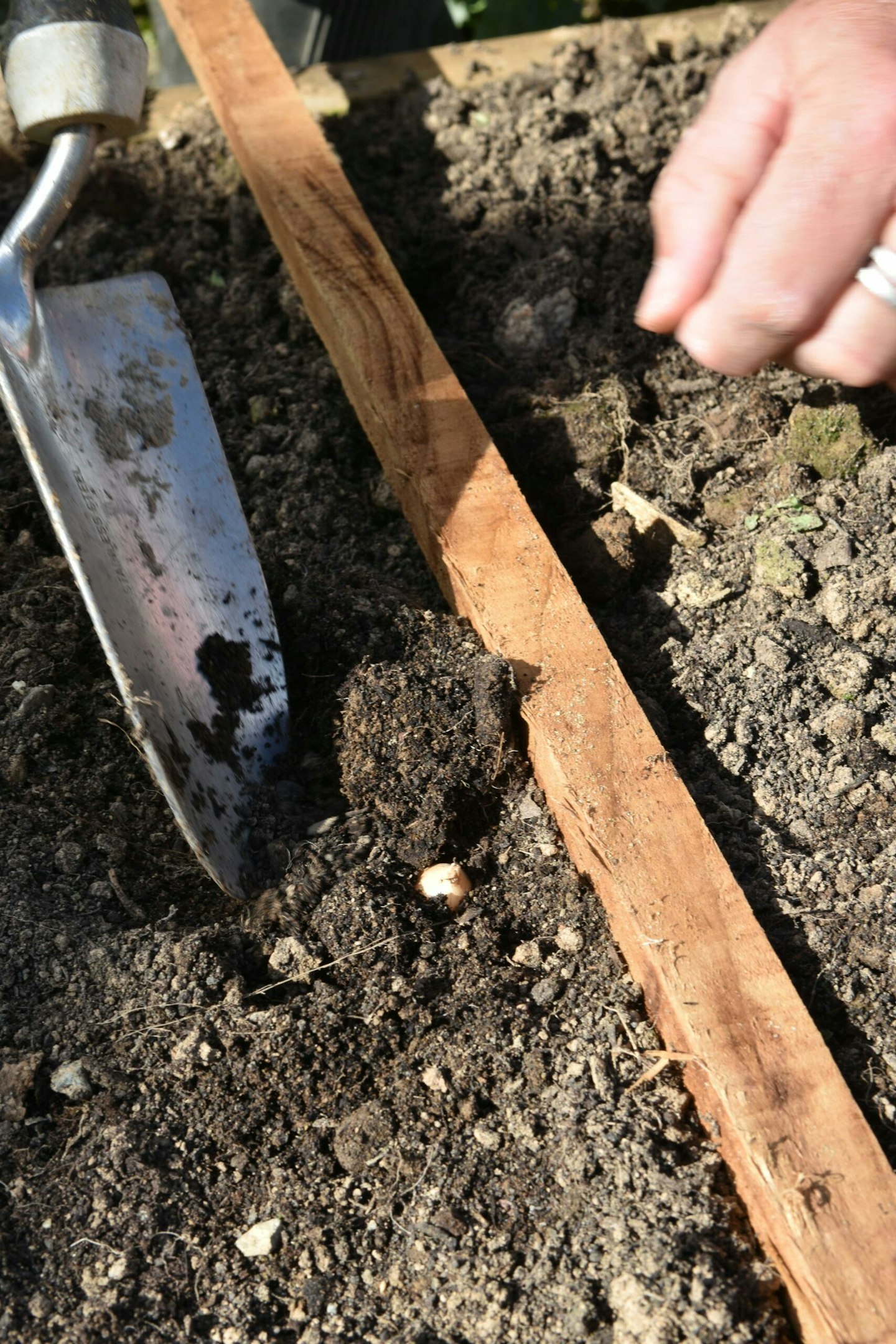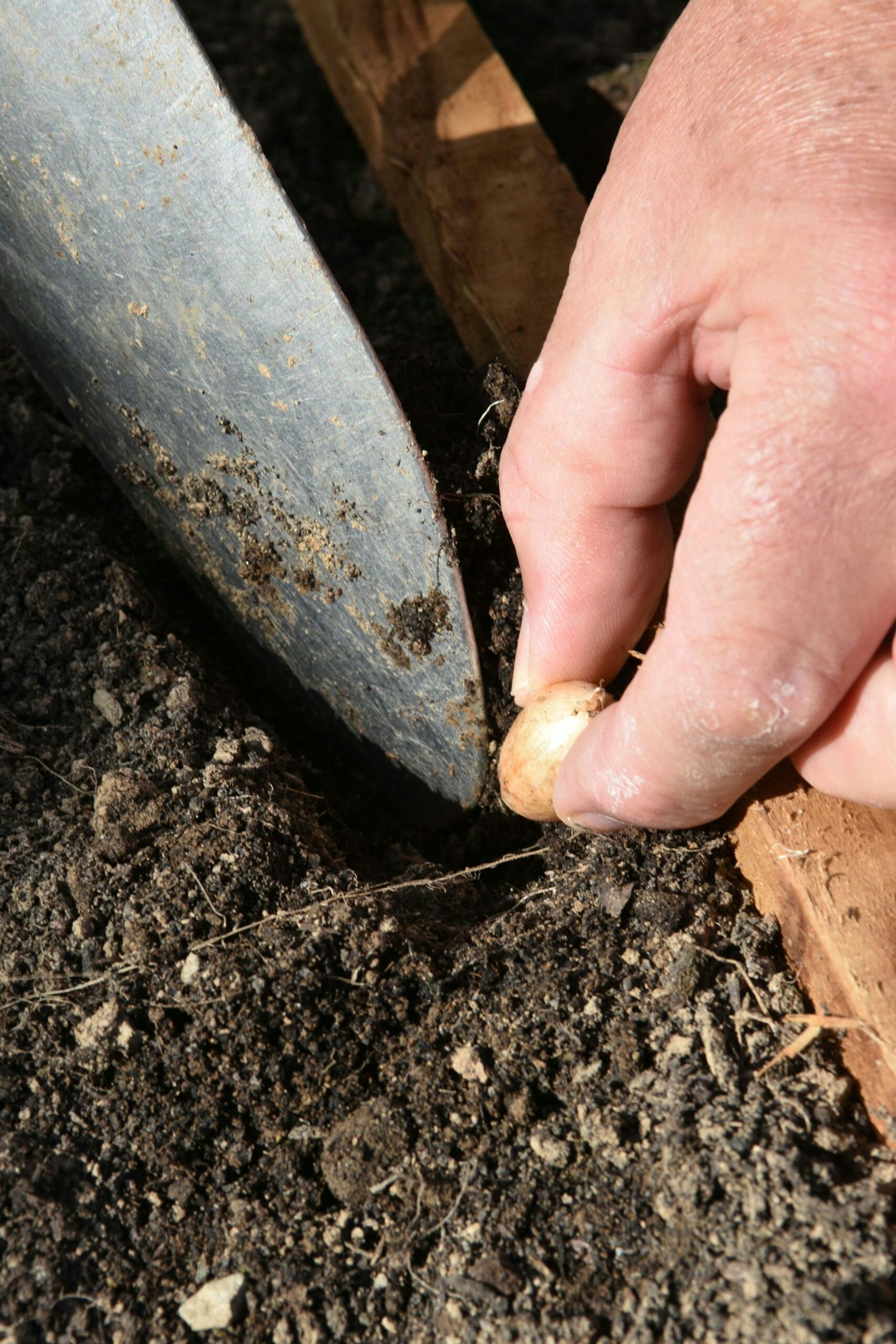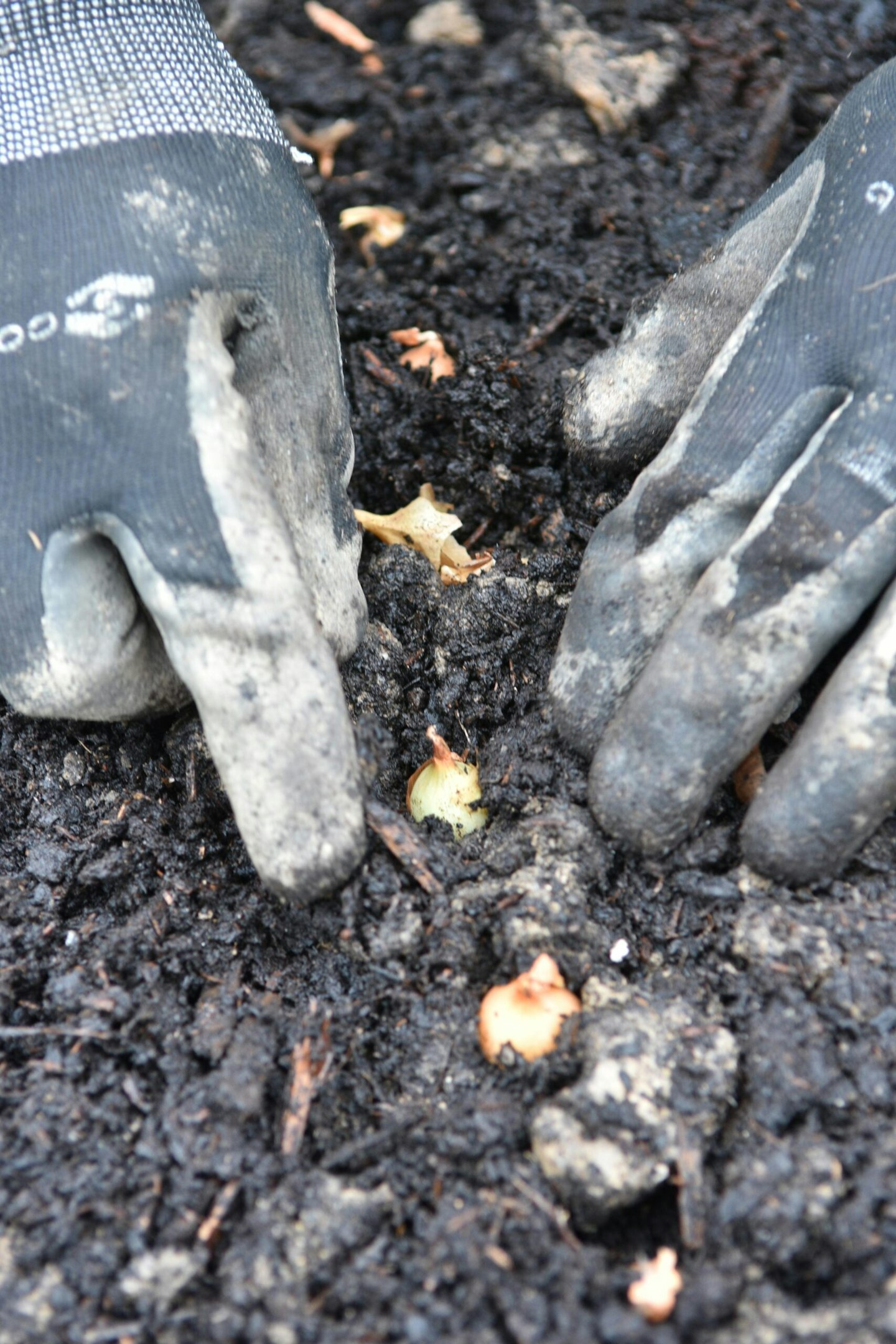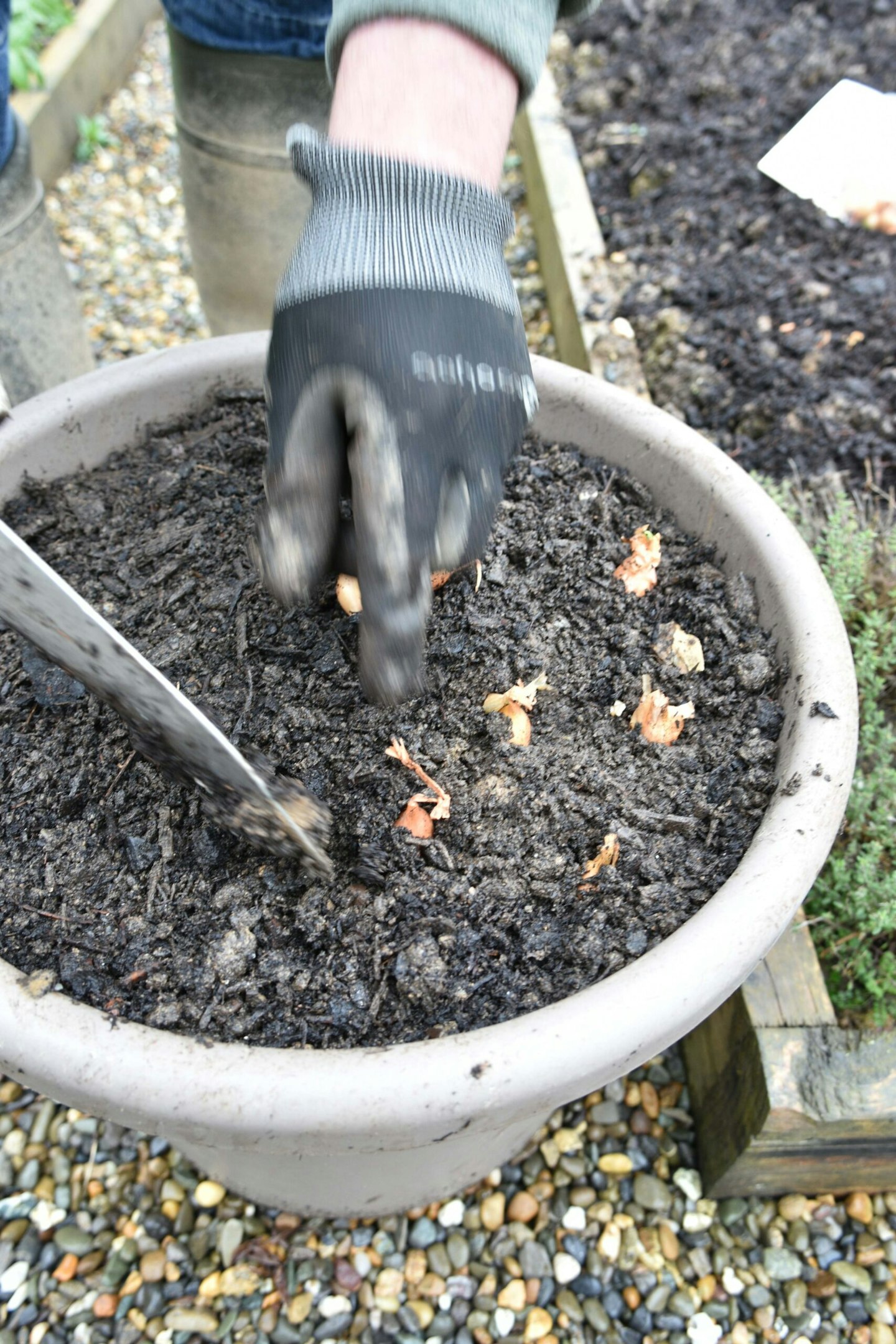Autumn-planted onion sets, often called Japanese onions, are growing in popularity. They mature one to two months earlier than traditional spring-sown or spring-set onions, which is a real advantage. You can also harvest them young in winter and spring to use as spring onions.
They’re hardy and grown just like regular onions, but good drainage is especially important. They also do best in sheltered gardens; while they tolerate cold, they can be damaged by winter gales and extreme frosts.
Like all onions, they prefer fertile soil, but avoid planting in freshly manured ground. They’re ideal for beds where beans or peas have recently been grown and cleared. Timing is key: they need to be well established before winter, so mid-September is generally ideal across most of the country. In milder southern areas, planting can be a little later.
Plant sets about 10cm apart in rows 30cm apart. Always use a trowel – don’t just push them into the soil, as they’ll lift themselves out as roots develop. Plant so that only the tip of each set is visible above the soil.
Because autumn-planted sets stay in the ground longer, they’re more prone to disease. Avoid planting if your soil has a history of white rot.
**
TOP TIPS**

-
Prepare the soil by forking it over and raking to a fine tilth, removing all weeds. Don’t apply any fertiliser now – you can feed in spring.

2. Plant sets with a trowel so soft soil is under the sets and so they don’t push themselves out of the soil as roots emerge.

3. Plant sets close together to grow them to harvest as immature spring onions – useful if you have too many sets for your onion bed.

4. Onions can be planted in pots. Ue a John Innes No.2 compost rather than multi-purpose, which can remain very wet in winter.
